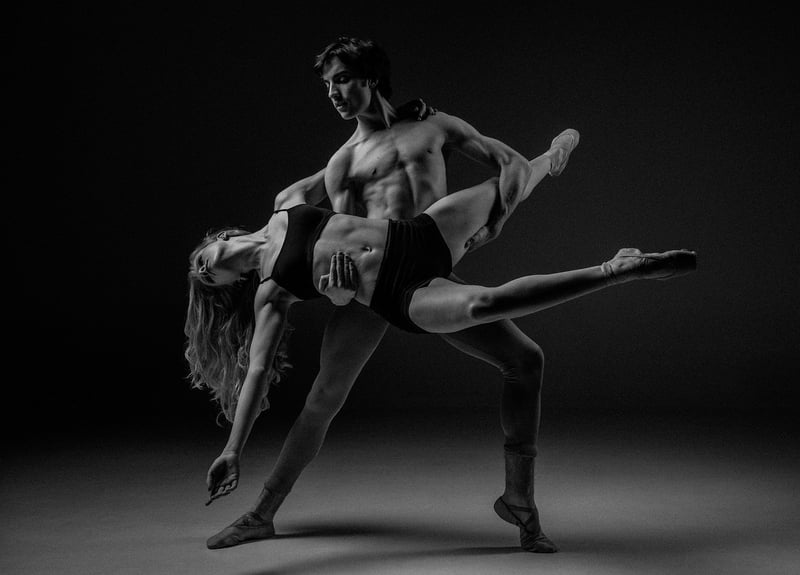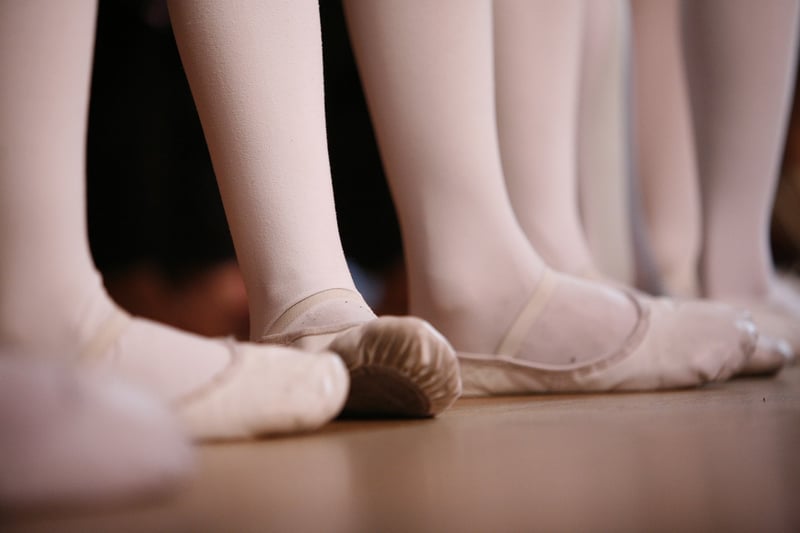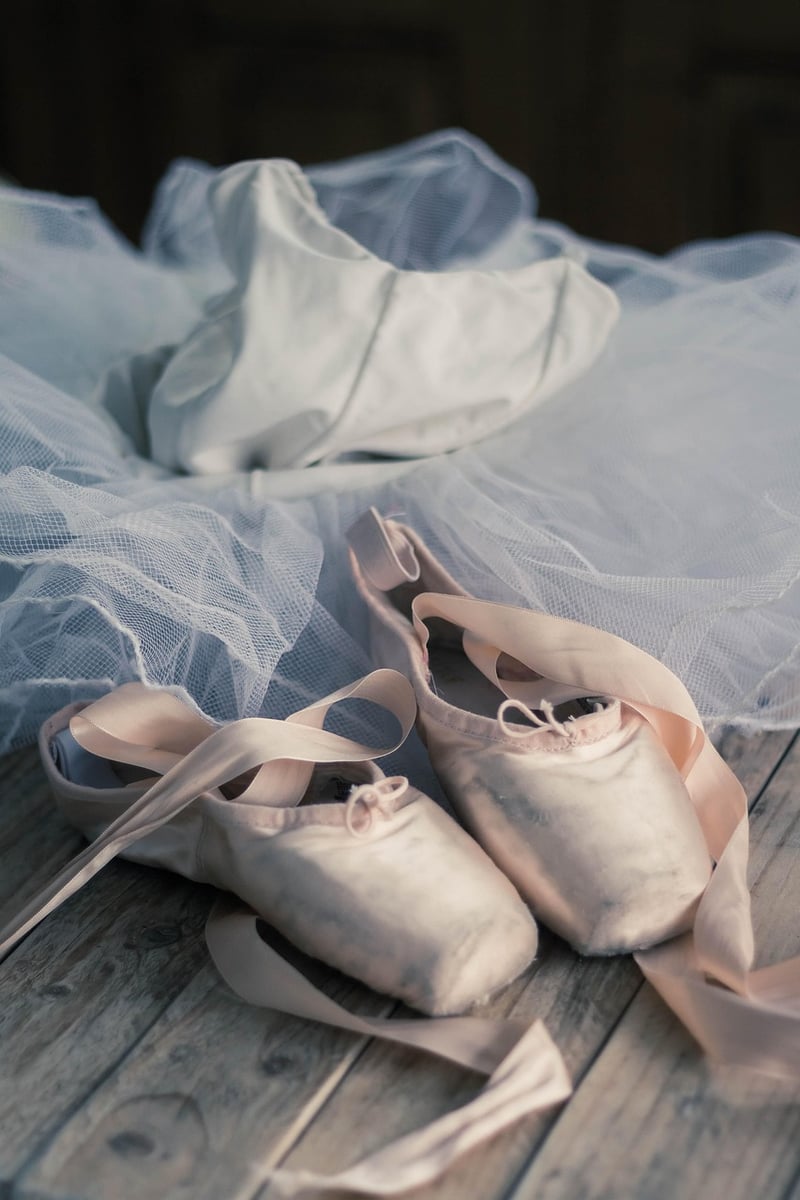Ballet
The Art of Expressive Movement in Ballet
Ballet, a timeless and elegant form of dance, combines the beauty of movement with the expressiveness of emotions. In the world of ballet, dancers use their bodies as instruments to convey stories, emotions, and themes through a series of graceful and precise movements.
The Power of Expression in Ballet
Expressive movement in ballet goes beyond just executing steps; it involves communicating a narrative or emotion to the audience. From the subtlest gesture to the grandest leap, every movement in ballet is an opportunity for the dancer to convey a feeling or tell a story.
Technique and Emotion
Classical ballet techniques serve as the foundation for expressive movement. Dancers train rigorously to master techniques such as turnout, extensions, and pointe work. However, true artistry in ballet comes when dancers infuse these technical elements with genuine emotion and interpretation.
Interpreting Music and Choreography
Music plays a vital role in ballet, setting the mood and tempo for the dancers. Dancers must interpret the music through their movements, matching the rhythm and dynamics with their own emotions. Choreography, too, guides dancers in expressing the intended themes or narratives of a piece.
The Language of Ballet
Each movement in ballet has its own meaning and symbolism. From tendus and port de bras to grand jetés and arabesques, every step contributes to the overall expression of a piece. Dancers must understand this language of ballet to effectively communicate with their audience.
Embracing Creativity and Individuality
While ballet has a rich tradition and established techniques, it also allows room for creativity and individual interpretation. Dancers bring their unique personalities and experiences to their performances, adding depth and authenticity to their expressive movements.
Conclusion
Expressive movement in ballet is a powerful blend of technique, emotion, music, and storytelling. Through their movements, dancers transport audiences to new worlds, evoke deep emotions, and inspire with their artistry. The art of ballet continues to captivate and enchant, proving that the language of movement is truly universal.


